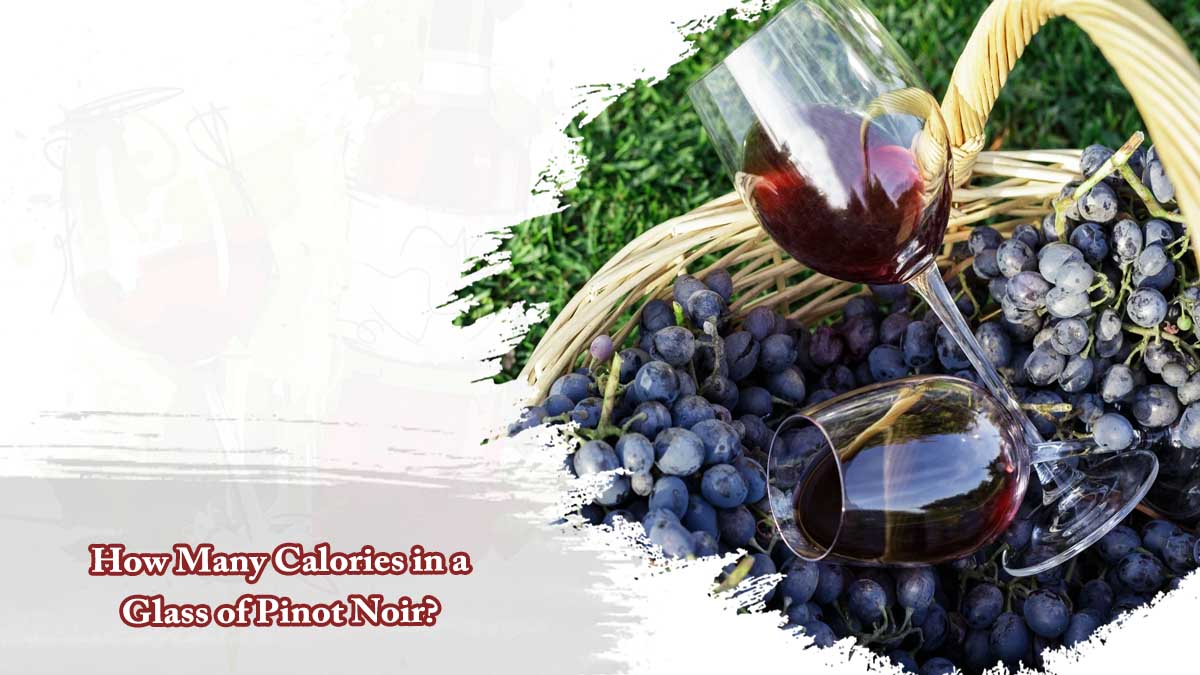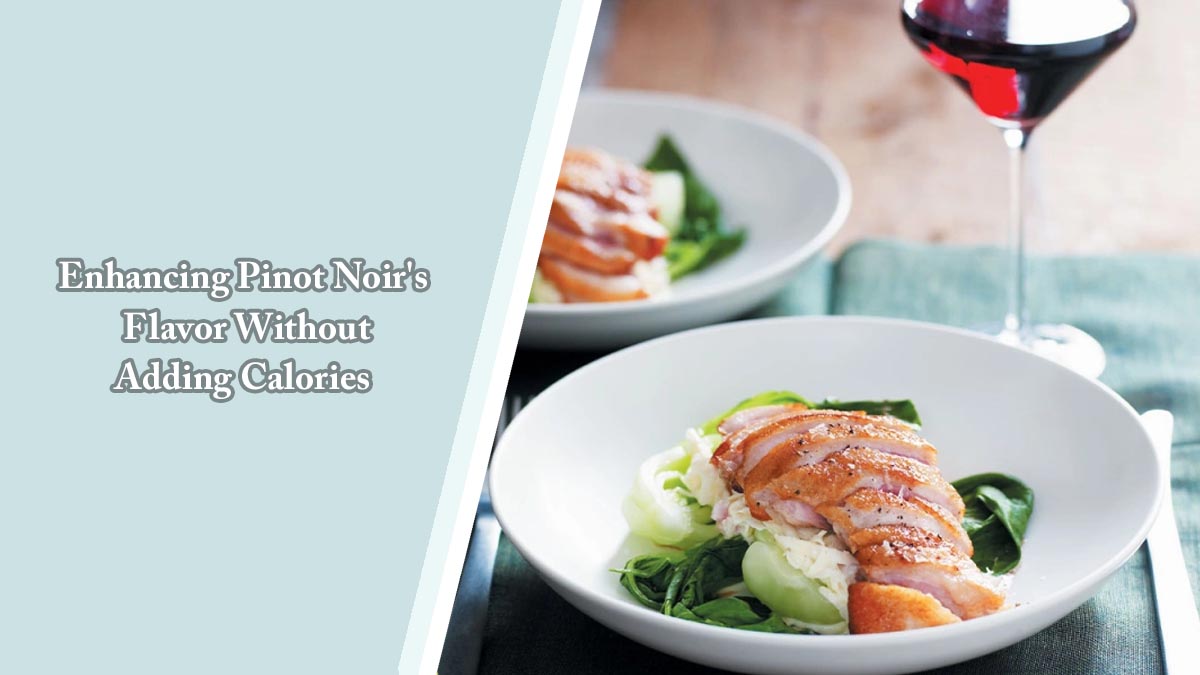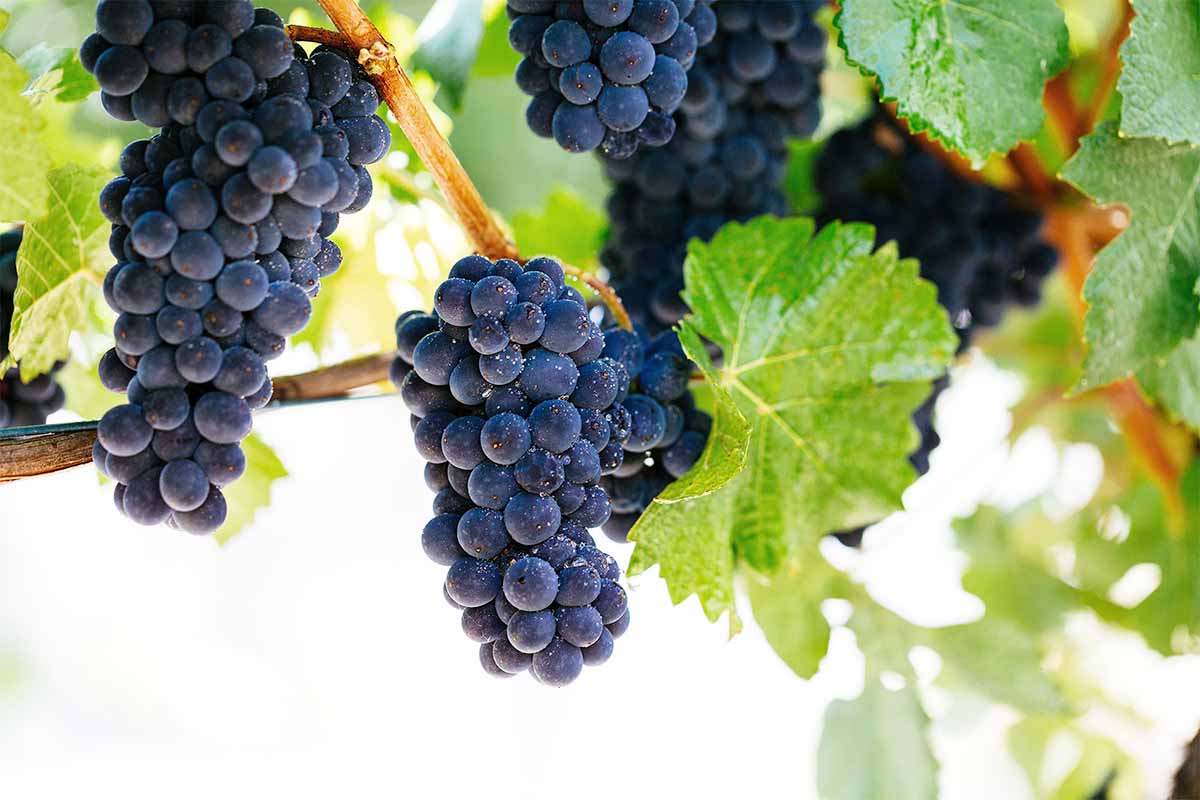How Many Calories in a Glass of Pinot Noir?
You don’t have to be an expert in wine or nutrition to know that alcohol can contribute a significant number of calories during your day. Red wine, in particular, has been shown time and time again to have numerous health benefits—from increasing longevity to controlling cholesterol levels. But when it comes down to it, just how many calories in a glass of Pinot Noir?
Here we’ll explore this popular red wine varietal and give you a breakdown of all the key information you need to know about its calorific content and potential impacts on your diet. Ready for an informative journey toward mastering the calorie count of Pinot Noir? Let’s get started!
How Many Calories in a Glass of Pinot Noir?
Pinot Noir is a popular red wine that is enjoyed by many around the world. The question of how many calories are in a glass of Pinot Noir is commonly asked among those who are health-conscious or trying to watch their weight. The answer can vary depending on several factors such as the size of the glass and the alcohol content of the wine.
On average, a standard 5-ounce glass of Pinot Noir contains around 123 calories. However, this number may increase or decrease depending on the brand, vintage, and alcohol content of the wine. For example, some Pinot Noirs may have a higher alcohol content, which can increase the number of calories per serving. To make it easier for you to calculate the calories in your glass of wine, here’s the formula:
Calories = Volume of wine in your glass * 24.6
It is also important to note that the type of glass used can affect the number of calories in a serving. A larger glass can lead to a higher calorie count since more wine is consumed per serving. Additionally, adding mixers to the wine such as fruit juices or soda can significantly increase the calorie count.
Overall, if you are concerned about the calorie content of your Pinot Noir, it is recommended to stick to a standard 5-ounce serving size and opt for a wine with a lower alcohol content. This can help you enjoy a glass of wine without sacrificing your health goals. If you want to know more about Pinot Noir’s calorie issue such as what factors affect calories or tips for reducing calories while drinking, please click here.
Enhancing Pinot Noir’s Flavor Without Adding Calories
When it comes to wine pairing, Pinot Noir is a popular choice. This elegant red wine has a delicate flavor that can complement a wide range of dishes. It’s no wonder why Pinot Noir is one of the most versatile wines out there. Whether you are serving beef or salmon, this wine can be a great addition to your meal.
However, if you are watching your calorie intake, you might be concerned about the impact of pairing a glass of wine with your food. But don’t worry, here, we will share with you some food pairing tips that will allow you to enhance Pinot Noir’s flavor without adding too many calories.
1. Pair Pinot Noir with Grilled Seafood
If you are a seafood lover, you will be thrilled to know that Pinot Noir pairs incredibly well with grilled fish. Not only does this pairing bring out the richness and complexity of Pinot Noir, but it also adds a nice smoky taste to the fish. You can try grilling some salmon or tuna and serve it with Pinot Noir. Since grilled seafood is low in calories, you won’t have to worry too much about your calorie intake.
2. Pair Pinot Noir with Mushrooms
Mushrooms are a great ingredient that can be paired with Pinot Noir. The earthy flavor of mushrooms can complement the subtle fruitiness of Pinot Noir, creating a perfect balance of flavors. You can try sautéed mushrooms or mushroom risotto, and pair it with a glass of Pinot Noir. Even though mushrooms are low in calories, they are packed with nutrients, making them a healthy option.
3. Pair Pinot Noir with Roasted Chicken
Roasted chicken is a timeless classic that goes well with many types of wines, including Pinot Noir. The wine’s acidity and light body can cut through the richness of the chicken, creating a harmonious flavor. You can try cooking some chicken thighs or legs and serve it with a glass of Pinot Noir. Since roasted chicken is a lean protein, it’s a healthy option that won’t add too many calories to your meal.
4. Pair Pinot Noir with Dark Chocolate
If you have a sweet tooth, you will be happy to know that Pinot Noir can be paired with dark chocolate. The tannins in Pinot Noir can complement the bitterness of dark chocolate, creating an indulgent dessert pairing. You can try pairing a glass of Pinot Noir with a few pieces of dark chocolate, and you’ll have a guilt-free dessert option.
5. Pair Pinot Noir with Charcuterie Board
A Charcuterie board is a great option for those who love cured meats and cheeses. Pinot Noir goes well with a charcuterie board due to its light body and delicate flavor. You can try pairing a few slices of cured meats and cheeses with a glass of Pinot Noir. A charcuterie board is a perfect option if you want to enjoy a glass of wine with friends or family, without consuming too many calories.
Pinot Noir is a versatile wine that can be paired with many dishes without increasing your calorie intake. By pairing Pinot Noir with grilled seafood, mushrooms, roasted chicken, dark chocolate, or a charcuterie board, you can enhance its flavor while keeping your meal healthy.
How to Enjoy Wine and Maintain a Healthy Diet
Many people enjoy a nice glass of wine to unwind after a long day or to complement a delicious meal. However, wine contains calories and alcohol, which can affect our health if consumed in excess. Fortunately, there are ways to enjoy wine while still maintaining a healthy diet. Now, we will explore how you can balance your consumption of wine with healthy eating habits.
1. Choose Low-Calorie Wines
Some wines are naturally lower in calories than others. For example, dry wines, such as Pinot Noir and Sauvignon Blanc, generally contain fewer calories than sweet wines. The alcohol content can also affect the calorie count, so choose wines with lower alcohol content. Look for wines labeled as “low calorie” or “low alcohol” to make sure you’re getting the best option available.
2. Practice Portion Control
Moderation is key when it comes to wine consumption. A standard glass of wine is 5 ounces, but it is not uncommon for restaurants to serve wine in larger glasses, which can lead to overconsumption. Measure your wine servings at home to make sure you’re drinking the appropriate amount. Enjoy your wine slowly, sipping it and savoring each flavor, rather than throwing it back quickly.
3. Pair Wine with Healthy Foods
Pairing wine with healthy foods can help balance out the calorie intake and provide added health benefits. For example, red wine pairs well with lean meats, such as chicken and fish, while white wine goes well with fresh vegetables and fruits. Avoid pairing wine with high-fat foods, such as burgers and fried foods, to keep your diet in check.
4. Stay Hydrated
Drinking plenty of water will help you stay hydrated and reduce the negative effects of alcohol. For every glass of wine, try to drink a glass of water to keep your body hydrated and healthy. Alcohol causes dehydration, leading to symptoms such as headaches and fatigue. Drinking water will help prevent these symptoms and allow you to enjoy your wine more.
5. Enjoy Wine in Moderation
At the end of the day, moderation is the key to enjoying wine and maintaining a healthy diet. The American Heart Association recommends limiting alcohol intake to one drink per day for women and two drinks per day for men. If you have trouble limiting your consumption, try scheduling “alcohol-free” days to give your body a break.
You don’t have to give up wine to maintain a healthy diet. By choosing low-calorie wines, practicing portion control, pairing your wine with healthy foods, staying hydrated, and enjoying wine in moderation, you can enjoy your favorite drink while keeping your health in check. Remember, it’s all about moderation and balance, so be mindful of how much you’re drinking and make healthy choices to complement your wine consumption.
FAQs
Is Pinot Noir a low-calorie wine?
Pinot Noir is a light-bodied red wine variety with moderate alcohol content and lower tannin levels. It typically averages about 123 calories per 5-ounce glass, which is slightly lower than other red wines. The calorie count of Pinot Noir varies depending on the winery’s production process and the sweetness of the grape used to make it; however, it can be considered a low-calorie option compared to most other types of wine. Its relatively low sugar content also makes it a good choice for those watching their calorie intake.
How long does a bottle of Pinot Noir last once opened?
When storing a bottle of Pinot Noir after opening, it is important to keep the cork in place and store the wine upright. Generally speaking, an opened bottle of Pinot Noir will remain drinkable for up to five days if stored in a cool, dark place. However, it is always best to consume an open bottle as soon as possible and within two days of being opened. The taste and quality of the wine change over time due to oxidation which exposes it to air. The more time it spends exposed to air, the less flavor and complexity you can expect from the wine.
Where is Pinot Noir produced in the world?
Pinot Noir is a light-bodied grape variety that has become an increasingly popular variety of wine, particularly in France and the United States. The grape is grown in many different regions around the world but is especially prominent in France, Italy, Germany, Austria, Switzerland, New Zealand, and some parts of the United States. It is also grown in Australia, Chile, South Africa and Argentina.
In France, Pinot Noir is most prominently planted along the Loire Valley and Burgundy region. In Burgundy specifically, it has been used for centuries with some of the oldest vineyards dating back to Roman times. Pinot Noir from Burgundy is known for its complex characteristics and flavor profile including earthy notes of leather or mushroom alongside vibrant acidity and delicate fruit tones of raspberry or strawberry.
Italy is another major producer of this varietal with plantings along the northern half of the country where cooler climate regions are found. Here Pinot Noir produces lighter wines with fresh acidity and subtle flavors such as cherry or red currant. German and Austrian wines made from this varietal tend to be fuller-bodied than those in Italy as they offer up richer texture as well as a more distinct aroma profile with pronounced notes of spice or tobacco.
New Zealand has seen a surge in popularity recently due to its excellent quality expressions that often display bright fruit flavors such as raspberry or blackberry accompanied by a nice balance between acidity and tannins which provides an intense yet balanced finish. In addition to Europe and New Zealand, winemakers in California have produced good quality examples over the last few decades while Chile and South America are now producing interesting styles that show off more ripe fruit flavors while still maintaining proper structure on the palate.
What type of glass should I use for Pinot Noir wines?
Pinot Noir wines are best enjoyed from a Burgundy glass. This type of glass has a rounder bowl than other types of glass, which helps to concentrate the delicate aromas and flavors of this type of wine. The larger size provides ample room for swirling, allowing the taster to aerate the wine and more effectively observe its body and texture on their tongue. The wider brim also allows one to easily enjoy the bouquet that Pinot Noir is known for, as well as the taste nuances in its flavor profile when swirled around the palate.
Conclusion
Pinot Noir is a flavorful and full-bodied wine. It’s the perfect pairing with some of your favorite dishes, and it’s also low in calories, so it makes an excellent pick if you’re trying to enjoy a glass of vino while still maintaining your healthy lifestyle. A glass of Pinot Noir averages 123 calories, which is significantly lower than other bottles of red wines. With this information in mind, you can be sure to make smart choices when selecting your next bottle!
Thank you for reading and we hope that our blog post has been both informative and helpful for you in your quest for knowledge about calories in a glass of Pinot Noir. We value the readers who take the time to read our content and we thank you for it. Here’s to enjoying a glass or two while staying mindful of what goes into each delicious sip! For more things about wine, visit here!

I am Thomas Delange, CEO of McMahon’s Public House bar. I have a passion for restaurants and cooking & wines, and I love to spend my free time experimenting in the kitchen. I’ve worked hard to make McMahon’s one of the most successful bars in the city. When I’m not working, I enjoy spending time with my friends and family.



